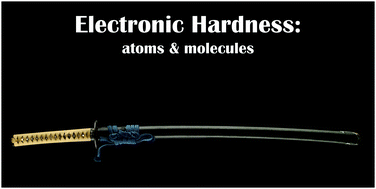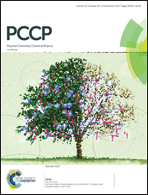Abstract
In this perspective contribution, we revisit the Maximum Hardness Principle (MHP), formulated by Pearson in 1987, and an equivalent Minimum Polarizability Principle (MPP) from Chattaraj and Parr, with particular emphasis on the cases where nuclear potential acting on electrons does not remain constant, and where substantial modifications of the nuclear geometry take place (Generalized MHP, GMHP). We first bring basic concepts related to electronic hardness, and then we present an overview of important manifestations of the GMHP for molecular systems such as (i) the tendency of two free radicals to couple, (ii) reduced reactivity of noble gases, (iii) symmetry-breaking distortions related to the Jahn–Teller effect, and/or these connected with (anti)aromatic character of certain organic molecules, (iv) enhanced reactivity of excited states, (v) high–low spin transitions, etc. GMHP is an important qualitative indicator in studies of molecular isomerism and reactivity. Quantitative aspects, traditionally measured by changes of electronic plus nuclear energy, are readily explained by changes of hardness (or polarizability) of a molecular system. Several important exceptions from (G)MHP are discussed.

- This article is part of the themed collections: PCCP Perspectives and 2017 PCCP HOT Articles


 Please wait while we load your content...
Please wait while we load your content...